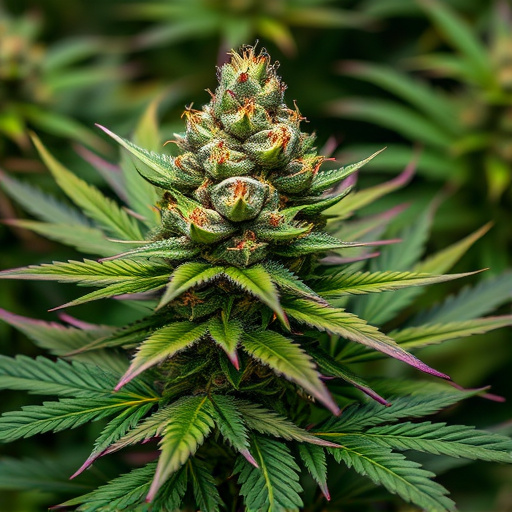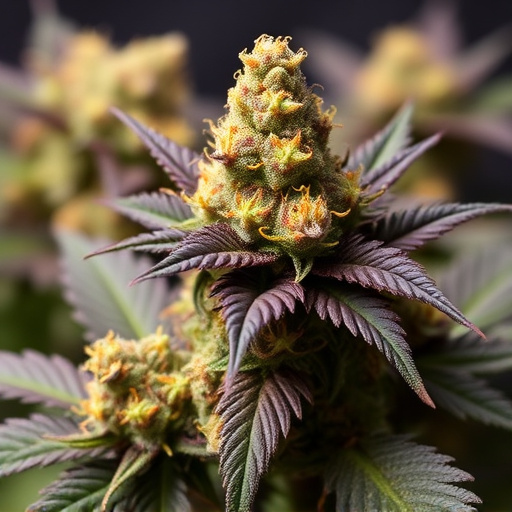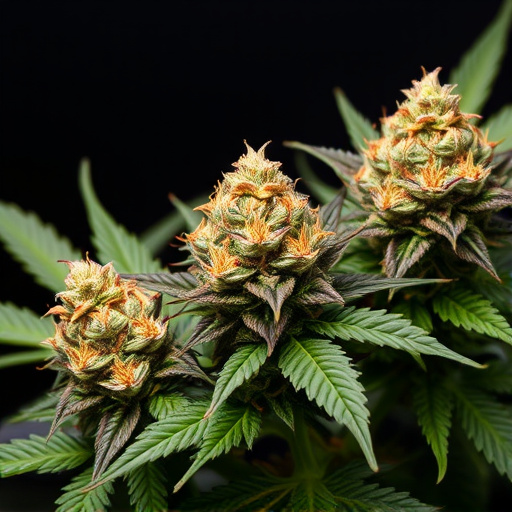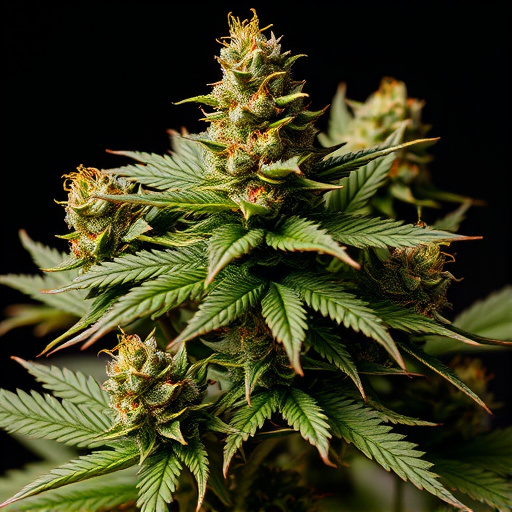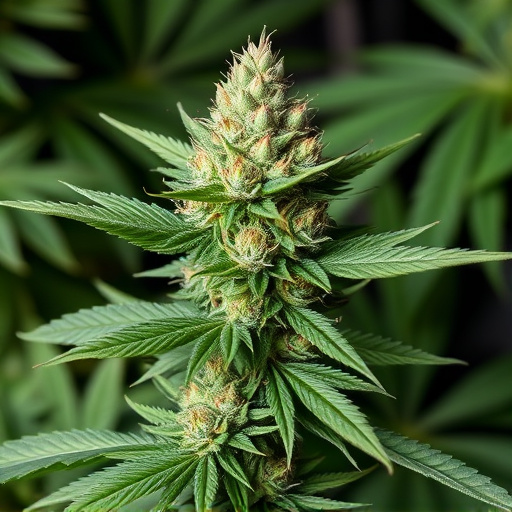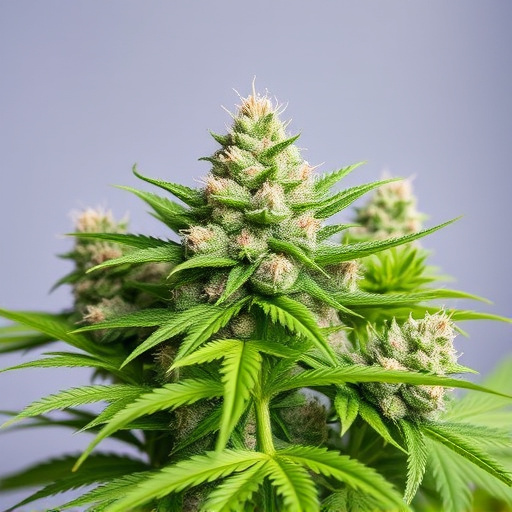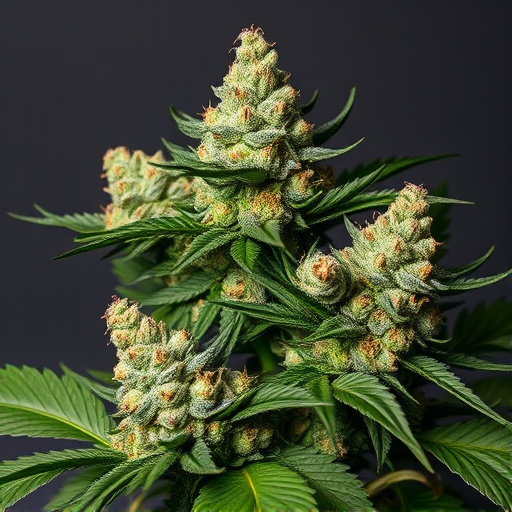Indica-dominant strains, known for their relaxing effects, face cultivation challenges due to their specific needs for lower temperatures and higher humidity, making them harder to grow on a large scale. Their low-growing nature makes them susceptible to pests and diseases, requiring meticulous care. These specialized requirements, coupled with the need for precise breeding techniques and control, contribute to the rarity of these strains in the market. The limited availability and high demand create a scarcity issue, as cultivators struggle to meet consumer preferences for specific terpene profiles and cannabinoid levels.
In today’s thriving cannabis market, the elusive nature of some indica-dominant strains has piqued the interest of both cultivators and consumers. This article delves into the intricate factors contributing to the limited availability of these coveted varieties. From demanding cultivation practices and environmental nuances to the popularity gap and legal constraints, we explore why certain indica-dominant strains have become hard to find. Additionally, we highlight the critical role of genetic diversity conservation efforts in safeguarding rare cannabis heritage.
- Demanding Cultivation Practices for Indica-Dominant Strains
- – Unique environmental requirements and cultivation challenges
- – Limited availability of high-quality seed stock
Demanding Cultivation Practices for Indica-Dominant Strains
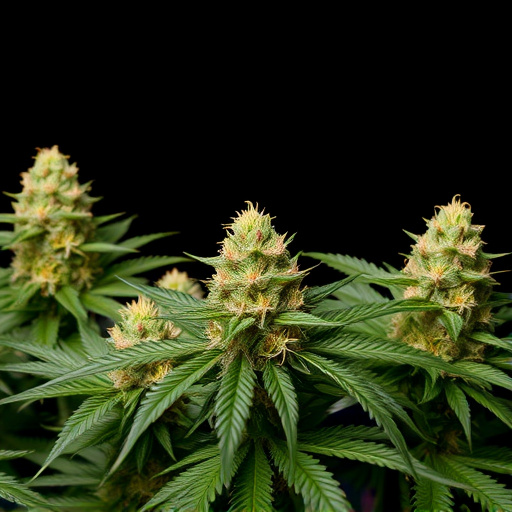
Indica-dominant strains, known for their relaxing and sedative effects, often come with a challenge—they’re hard to cultivate successfully. This is largely due to demanding cultivation practices required to maintain their distinct characteristics. These strains tend to thrive in specific environmental conditions, such as lower temperatures and higher humidity levels, which can be harder to control compared to other types.
Additionally, indica plants naturally grow closer to the ground with dense, broad leaves, making them more susceptible to pest and disease issues. Cultivators must carefully monitor these factors and employ meticulous techniques, including regular trimming, proper lighting adjustments, and precise environmental management, to ensure healthy growth. The specialized care needed contributes to the overall rarity of these strains in the market.
– Unique environmental requirements and cultivation challenges
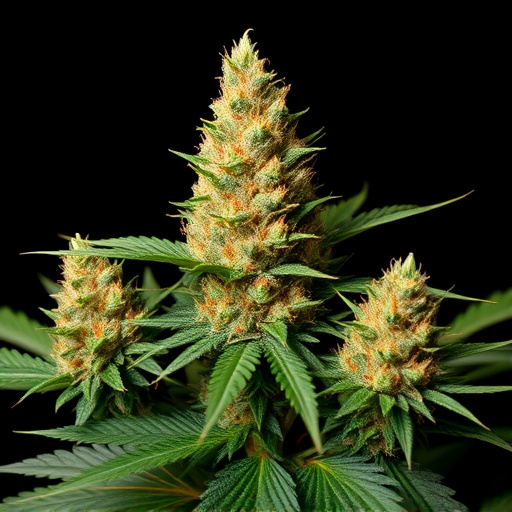
Some cannabis strains, particularly the rare and sought-after indica dominant varieties, are hard to find due to their unique environmental requirements and cultivation challenges. These plants often thrive in specific growing conditions that can be difficult to replicate on a large scale. For instance, certain indica strains require cooler temperatures and lower light intensity during the vegetative phase, which limits their year-round availability.
Additionally, many rare strains have been meticulously bred for specific terpene profiles and high levels of cannabinoids, such as THC or CBD. This intricate process demands specialized knowledge and resources, further contributing to their scarcity. Growers must carefully monitor pH levels, nutrient ratios, and environmental factors to produce these unique strains consistently. The demand for these special varieties often exceeds supply, making them hard to come by for cannabis enthusiasts.
– Limited availability of high-quality seed stock
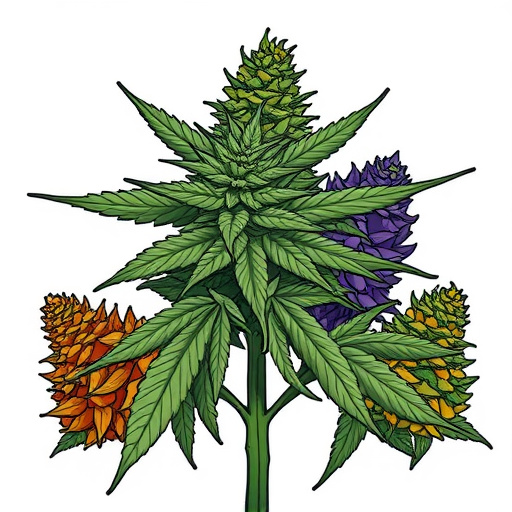
The limited availability of high-quality seed stock is a significant factor in the scarcity of certain cannabis strains, especially those that are indica dominant. The cultivation of top-tier cannabis requires specific environmental conditions and meticulous care, which can only be achieved by experienced cultivators with access to premium genetics. Indica dominant strains, known for their relaxing and sedating effects, often possess unique chemical profiles that make them more challenging to breed and maintain consistently.
This rarity is further compounded by the fact that many sought-after indica strains have become highly prized among consumers. As demand surges, cultivators face increased pressure to reproduce these popular varieties. However, maintaining genetic purity and high standards requires significant time, resources, and expertise, ensuring that only a limited number of high-quality plants reach the market, thereby perpetuating their scarcity.
The elusive nature of some indica-dominant cannabis strains can be attributed to the stringent cultivation practices required for their optimal expression. These varieties, with their unique environmental needs and limited high-quality seed stock availability, present challenges that hinder widespread production. As demand continues to grow, fostering accessible cultivation methods and promoting breed diversity will be key to making these rare strains more widely available for cannabis enthusiasts seeking specific effects and unique terpene profiles.
